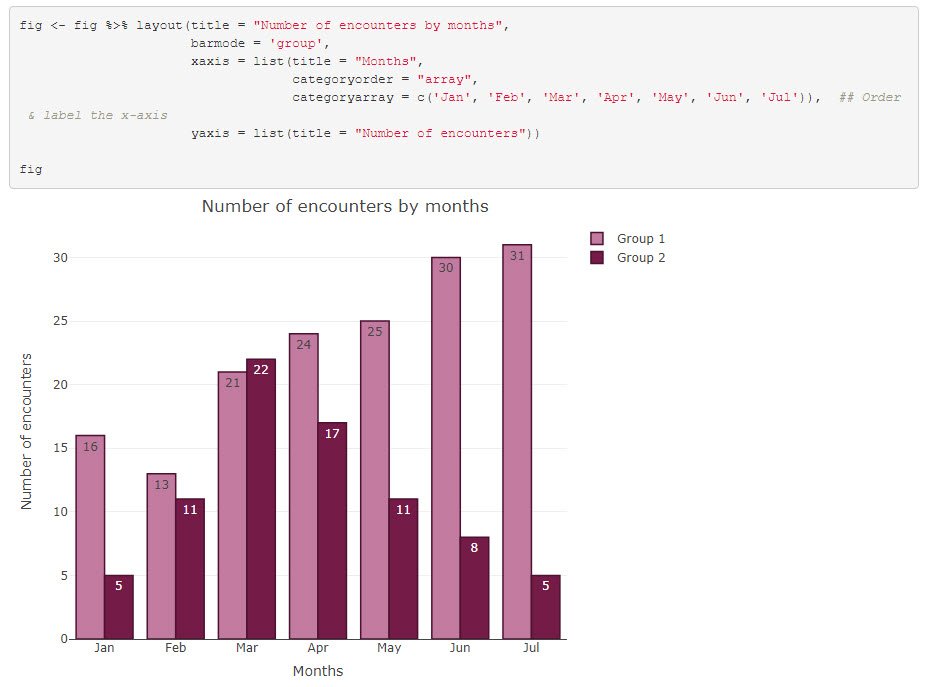
You can purchase yKey and buy upgrades from Plum Amazing’s secure online store at (Note that you must login to the store to purchase upgrades.) Site licenses are available contact Plum Amazing for details. Version ChangesĬlick here for all version change information. YKey 2.3.4 works for Mac 10.2 to 10.4 or later on PPC, Mac OS X 10.5 on Intel. The current yKey requires Mac OS X 10.9 or higher, Intel, 64 bit. Drag the yKey app icon in here and make sure its checked. Go to the Security and Privacy system preference, choose Privacy and on the left choose Accessibility. Mac OS 10.9 and higher are different from earlier Mac OS’s they require new security controls which involve changing a setting in your system preferences to allow yKey to completely control your Mac. That will take you a moment, once you do that the rest is even simpler. Our recommendation is focus when you start using yKey on creating a simple command like launching an application. The volume of info below may seem overwhelming but it is not necessary to understand yKey its there to help you understand all the things the Mac can do. This paragraph describes yKey in a nutshell. That shortcut can be triggered by a hotkey, a particular time or a usb event (like a mouse button click). These commands or actions are bundled into an yKey shortcut.

With one key in yKey you can set off a series of clicks, menu choices, typing, copies, pastes, go to a url, open a window, go to a folder, in fact any repetitive action or series of actions you perform on the Mac can be performed by yKey. yKey can help eliminate repetitive actions that you perform each day. Why key? yKey is simply a way to automate the Mac. Adam Engst Table of Contentsįind a Particular Shortcut, Menu, or Palette Personally, I couldn’t live on my Mac without an automation utility like yKey, and after you set up yKey to take over some of your repetitive work, I’m sure you’ll feel the same as well. And you can initiate those tasks with the press of a key, by choosing an item from a menu, clicking a button on a palette, when your Mac’s clock ticks over to a particular time, or whenever your Mac wakes up. With yKey, you can automate almost any task that you find yourself repeating, whether it’s once a week or many times each day. Or what if you want to remap the keyboard shortcuts in an application that believes that Command-Delete should delete a word when you would prefer Option-Delete.įor all these tasks you need yKey. Or maybe you want to back up your day’s work to your iDisk every night at 11 PM. Have you ever noticed yourself, while working at your Mac, repeating the same action over and over again? Perhaps you’re typing your mailing address, or mounting the same file server volume every morning, or wishing you could switch to your Web browser at the touch of a key. Previous user can change this by going into that menu and changing the name over to yKey but it’s not necessary. Previous users will find it still says iKey in places, this is fine (new users will see yKey there), it does not cause an issue. Previous users please download the latest version, it has many changes. We changed the name within the app, manual and website. After a decade they were bought by a larger company and the new company didn’t want to continue the agreement.


Why? We had an agreement to use the iKey name with a big company. It’s not terribly complicated, so depending on what you’re trying to do, you can also just (sc)roll your own.Apple has new security for apps so make sure to follow the ‘Installation’ area below. Either way, the intuition is the same: determine where you are on the page, and when you get to certain points, fire the appropriate event. The first is awesome if you’re not using a framework, and the second great if you’re using Angular. In case it wasn’t obvious, these solutions are not intended to be used in tandem. The second approach uses Angular to track and fire events, which I believe is a more direct solution (assuming you know – and like – Angular). The first is a summary of the pioneering work done by Jim Vallandingham, which uses D3 to track position in the page and fire events. This module introduces two approaches to scrolling.

It’s a beautiful way to allow users to dive deeper into a visualization, and there have been some really incredible examples in recent years (both of those are by Tony Chu). One of the most popular ways of animating transitions in web-visualizations is through scrolling. 4.2.1 Markdown Reader (Chrome Extension).2.4.3 Powershell (Windows Management Framework).


 0 kommentar(er)
0 kommentar(er)
